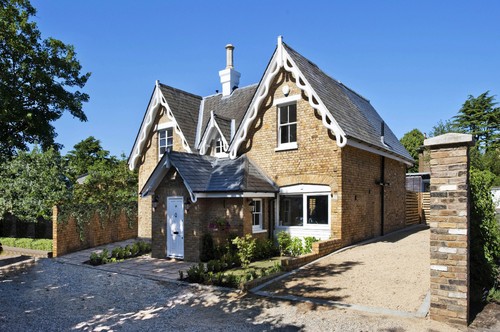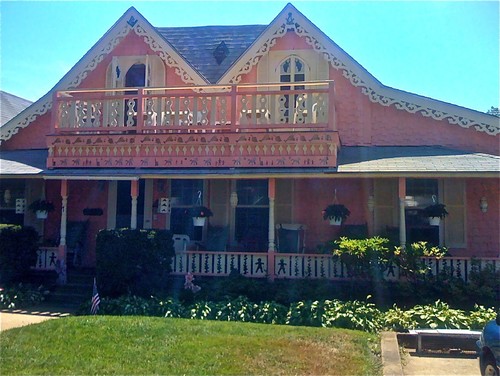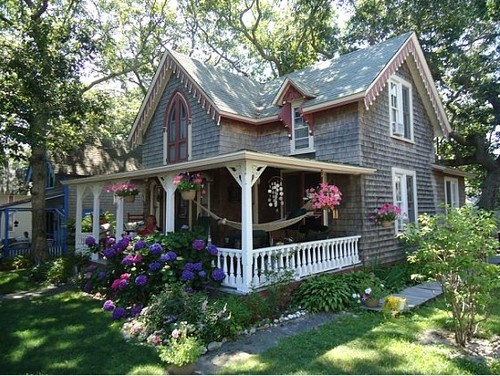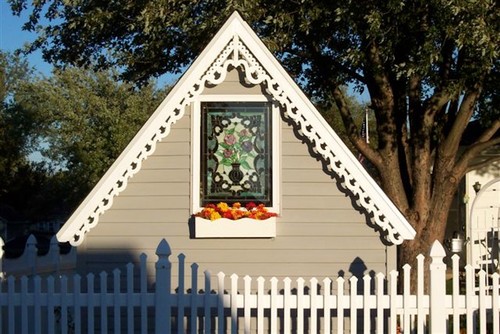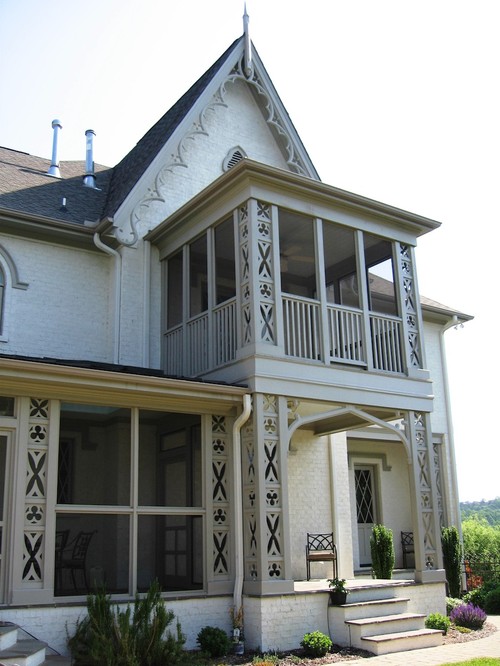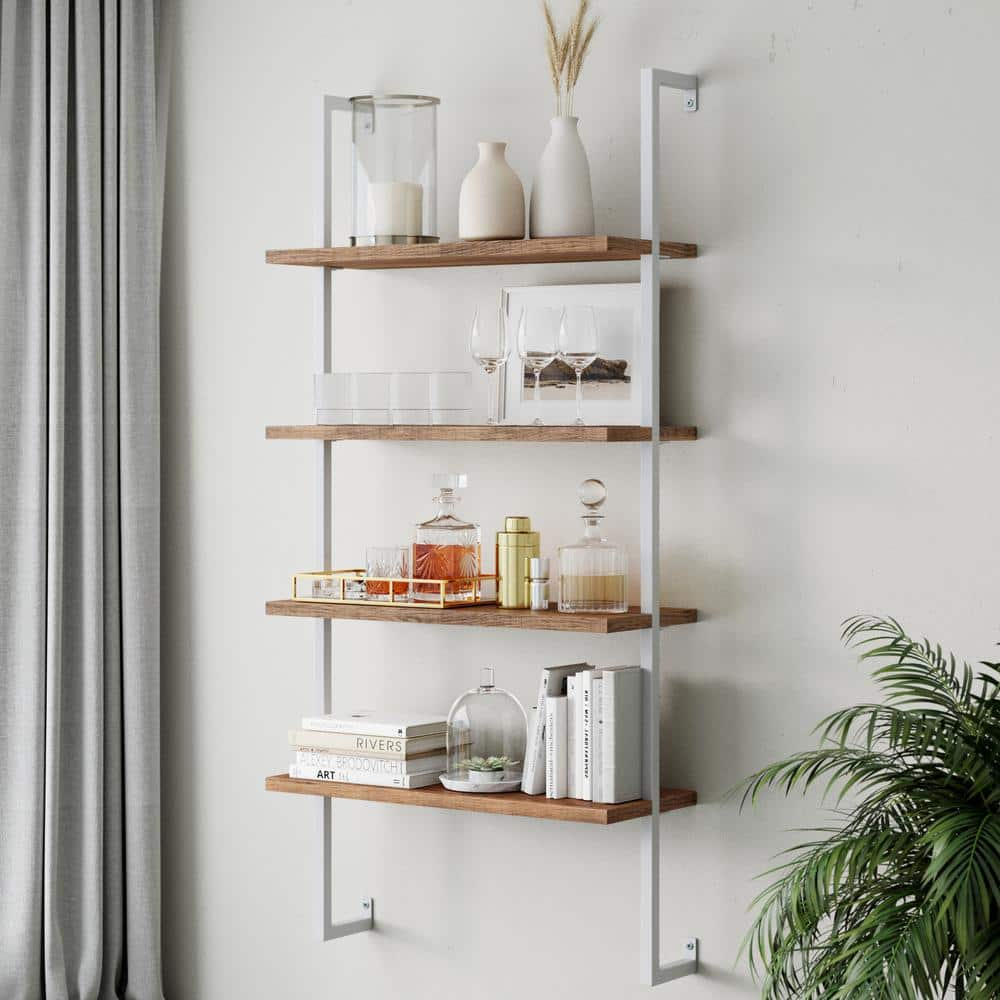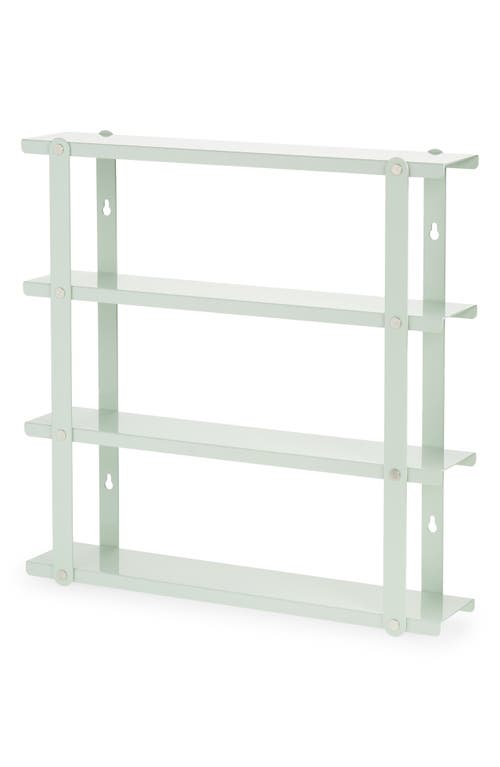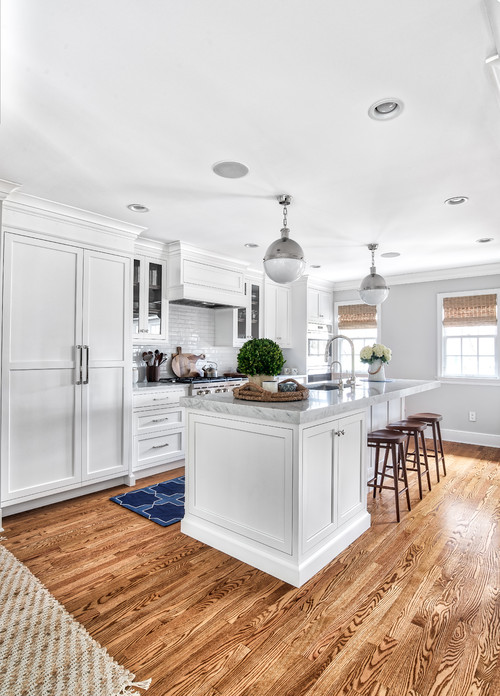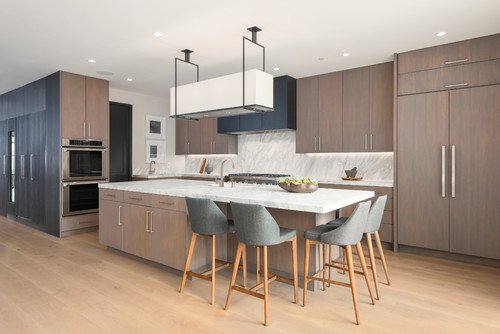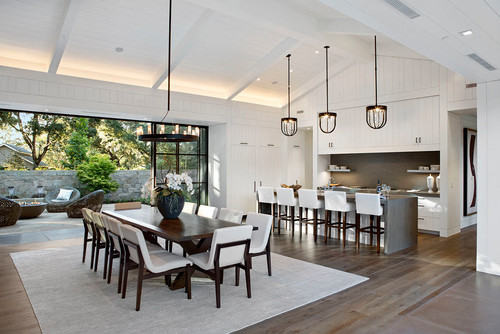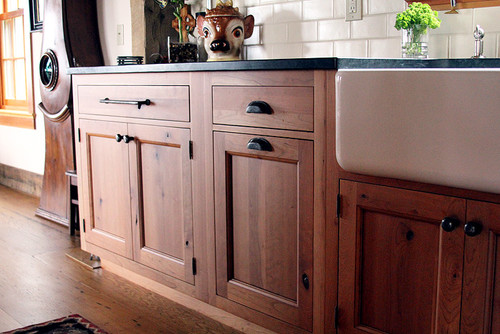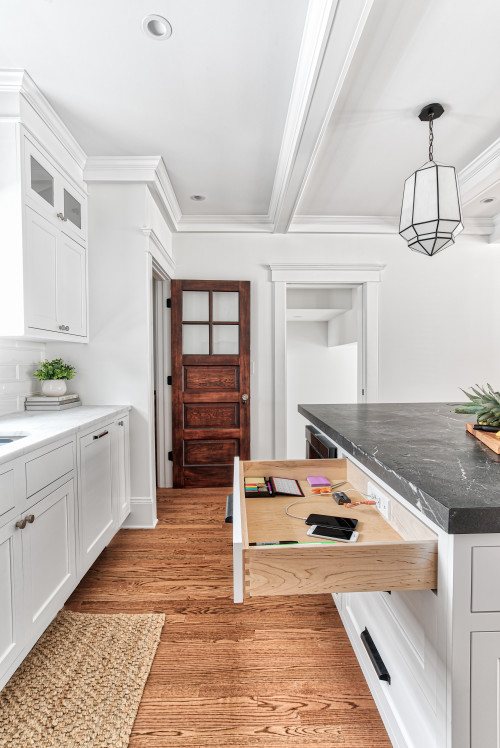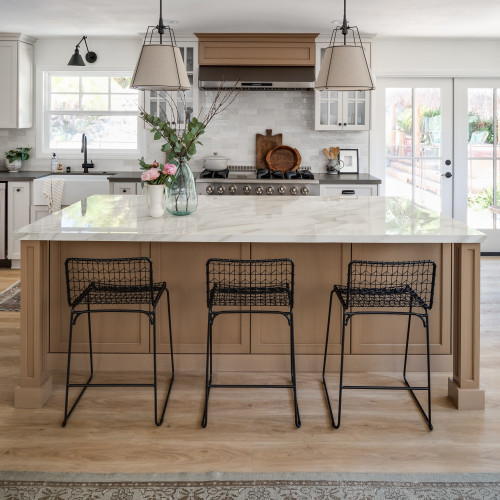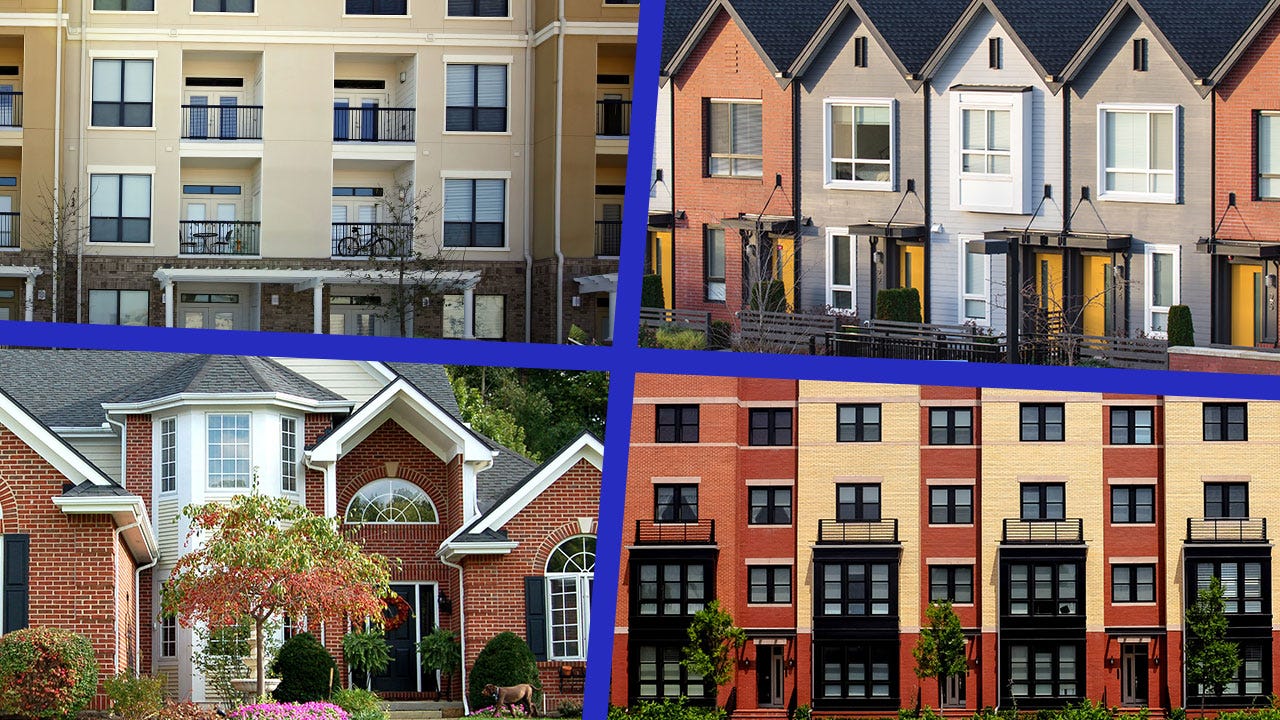Refinancing a mortgage is a big financial decision, and it largely depends on the reason you are refinancing and the amount of time from purchasing the home or your last refinance. Some types of home loans will let you refinance almost immediately, while others may require a period of time to elapse before refinancing. However, others may require you to wait at least six months to refinance.
It is always best to talk to lenders to see your options, as there are multiple types of refinancing available that could work for you. If you are not sure how soon you can refinance a mortgage, this article will explore why you should refinance a loan and the different kinds of refinance options available.
Why should you refinance a loan?
There are many reasons to consider refinancing a home loan, and doing so can have long-term benefits. If you decide to refinance your loan, it can help you save money. Some of the reasons to refinance a loan might include the following:
Change interest rate & lower your monthly mortgage payments
One of the main reasons for refinancing is to get a better interest rate. You may not want to shorten the loan’s payment period, but switching to a lower interest rate is another way to save money per month. A lower interest rate means less money to interest every month which puts that excess cash in a borrower’s pocket.
Change loan term
Mortgage refinancing is also beneficial if you want to change your loan terms. It is primarily used to switch length of the loan. For example, you could go from your original mortgage, which had a 30-year repayment period, to a shorter, 15-year loan. As a result, you will save on interest payments in the long term while also being able to pay off your loan more quickly. By changing to a shorter loan term, your monthly payment will most likely increase but it will allow you to pay off your loan sooner.
Get cash-out of your home
Refinancing can also be a suitable option if you have recently purchased a property and would like to pull cash out of the property. If you want to convert home equity into cash, refinancing could be the right choice. However, getting cash out of your home through refinancing will vary based on the type of loan. Conventional loans require you to wait six months, but other programs may require you to stay 12 months from the purchase and demonstrate a pattern of on-time payment.
Credit score has improved
If your credit score was low at the time of getting the loan, you might have gotten terms that were not financially beneficial or higher interest rates. As circumstances change and credit scores improve, refinancing allows you to take advantage of competitive interest rates and mortgage terms rather than staying locked into your current options. If your credit score has improved since the original mortgage, it is definitely worth exploring refinancing to see what terms are available to you now versus before.
Eliminate private mortgage insurance (PMI)
Depending on the current value of your home, refinancing can be an option to eliminate PMI and save money. Eliminating PMI is possible if your home equity has increased by a minimum of 20% and you do not opt for a cash-out refinance. If your loan had a higher interest rate, you might also be able to benefit from refinancing to a mortgage option where PMI is not a requirement. There are a few different options available through refinancing when it comes to PMI, so it is worth seeing if refinancing could help you eliminate costs such as PMI.
Ways to refinance your mortgage
If you have decided that refinancing is the right option for you, several types of mortgage refinance options are available. How soon you are able to refinance your mortgage will, of course, depend on the type of loan and the terms of the loan. However, you can always see what lenders are willing to offer when it comes to refinancing and explore the various kinds of refinancing to see what would be most beneficial for you. Ways to refinance your mortgage can include:
Rate and term refinance
A rate and term refinance, or a regular refinance, refers to a type of refinance whereby you can change the terms of your current loan. With a rate and term refinance, you are in the driver’s seat and get to replace the terms with options that are more favorable to you. For example, refinance to give yourself more or less time to pay off the loan, receive a lower interest rate or amend your monthly payment amount.
Cash-out refinance
A cash-out refinance enables you to take advantage of the increase in the value of your home and the payments you have made to the mortgage principal over time. With a cash-out refinance, you essentially take on a larger mortgage in exchange for cash. By borrowing more than you owe on the mortgage (since your home equity has increased and you have been paying towards the principal).
FHA 203(k) refinance
If you are planning remodels or renovations for your home and intend to stay in your home for an extended period of time (i.e., you are not planning on selling your home in the next few years), the FHA 203(k) refinance could prove to beneficial for you. An FHA 203k refinance allows you to pay for home improvements as part of your mortgage payment. FHA 203k refinances are not limited to FHA loans and can be used with any kind of mortgage. The benefit of using an federal housing administration 203k refinance is that it gives you a longer period for prepayment without the high-interest rates of a personal loan and could also lower your current rate depending on the mortgage type.
FHA Streamline Refinance
For those with an FHA loan and looking to reduce their monthly mortgage payments, the FHA Streamline Refinance could be the right choice. As the name might suggest, the FHA Streamline Refinance aims to have a simplified, easy process that can be used to get a lower interest rate and reduce monthly payments with an existing FHA loan.
CrossCountry Mortgage’s Refinance Options
CrossCountry Mortgage offers various refinance options based on your needs to make your mortgage work for you. CrossCountry Mortgage refinance options are available for conventional mortgage loans, VA interest rate reduction refinance loans, FHA 203(k), and FHA Streamline Refinance. Our team works with you to understand what you are looking for to provide tailored recommendations and advice for refinancing that will help you accomplish your financial goals.
Please visit CrossCountry Mortgage for more information








